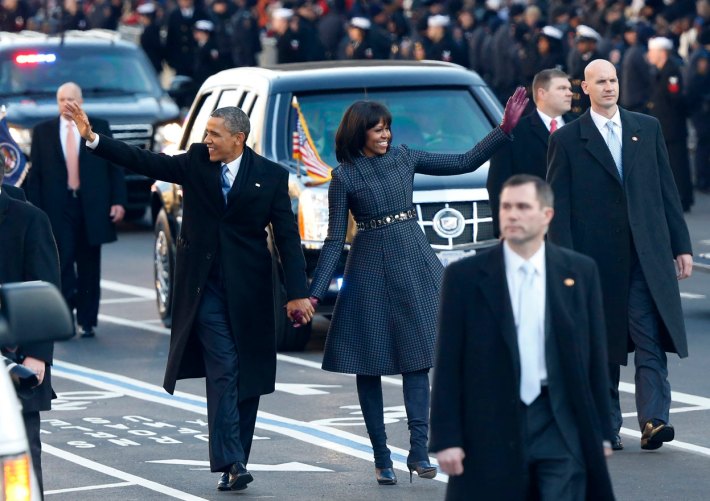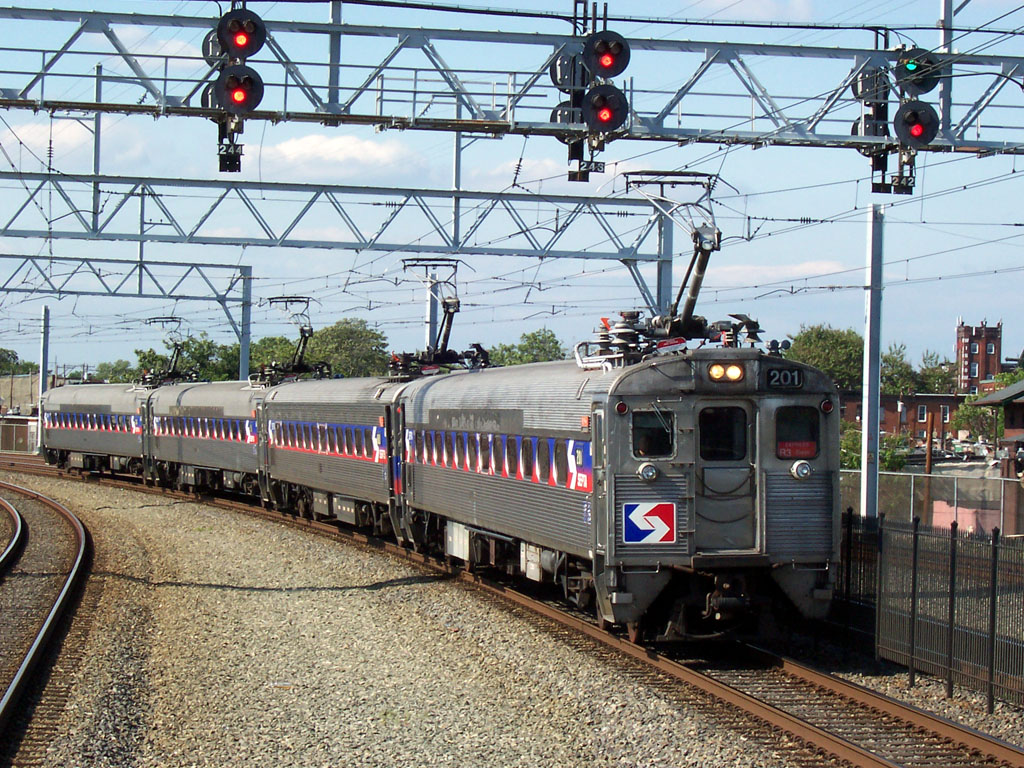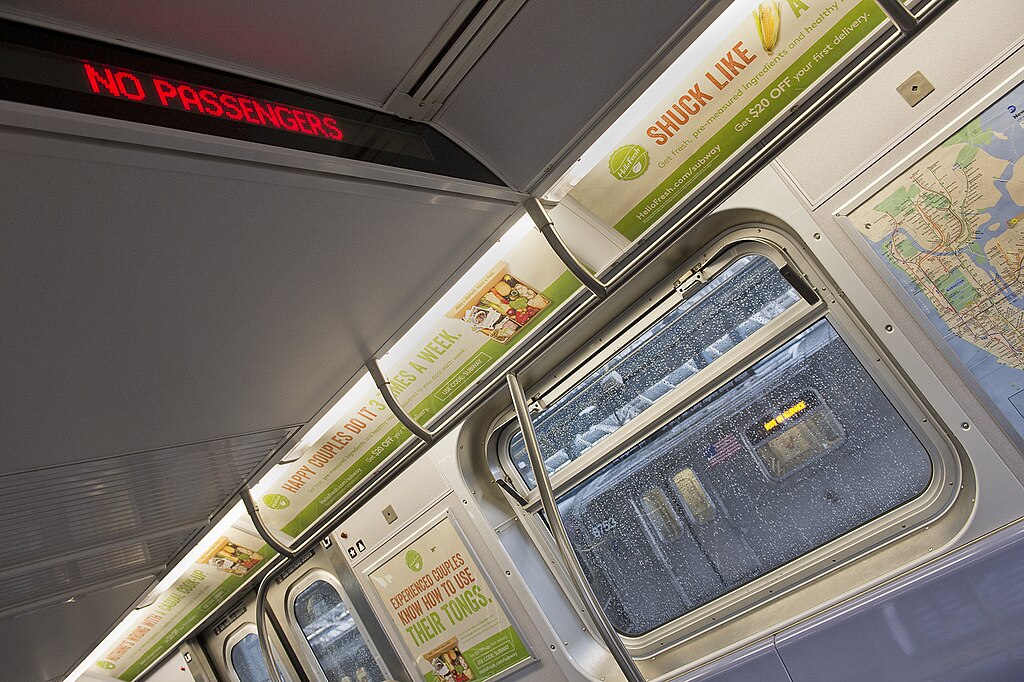
Barack Obama has been as supportive of transit, biking, and walking as any president, but one of his most transformative actions may not have been any law or funding measure so much as simply getting elected. There's a compelling case to be made that Obama's election in 2008 led to significant changes in how people commute in the greater D.C. area.
Since around the time Obama replaced George W. Bush in the White House, metro D.C. has seen a notable shift in car ownership. From 2005 to 2009, the District's population grew by 15,862 people. Meanwhile, vehicle registrations fell by nearly 15,000. According to the Intelligent Cities Initiative [PDF], that results in about $127 million retained in the local economy each year.
In his book Walkable City, planner Jeff Speck hypothesizes that this change was a direct result of the Obama Administration arriving with a new staff who brought a new set of attitudes about cities and transit. "By my estimate, this all occurred on January 20, 2009 when 15,000 Bushies were replaced by 30,000 Obamans," Speck wrote. "Many Bush staffers, as a point of pride, lived 'beyond the beltway' in red-state Virginia."
The change in Washington since Obama's election has been dramatic enough that last week the New York Times took note of "a trendy turn in Obama's town." Reporter Rachel A. Swarns bounces around some the hottest joints in the city, from H Street's Boundary Road to the U Street Music Hall -- all of which hosted inaugural celebration parties -- and notes, "None of these places existed before 2008."
She acknowledges, "The city’s population boom and heightened hipness quotient cannot be directly attributed to Mr. Obama’s appeal among younger voters," but certainly the people who have moved to the D.C. area to work in his administration are a different breed than those who came to work under Bush. They live and move differently, and they appear to have made a mark on the city's urban character -- more urban, less car-bound.
That would help explain why urban homes in the Washington area have retained their values much better than those in the distant suburbs.
We can only wonder what D.C. would look like today if John McCain had won instead.





